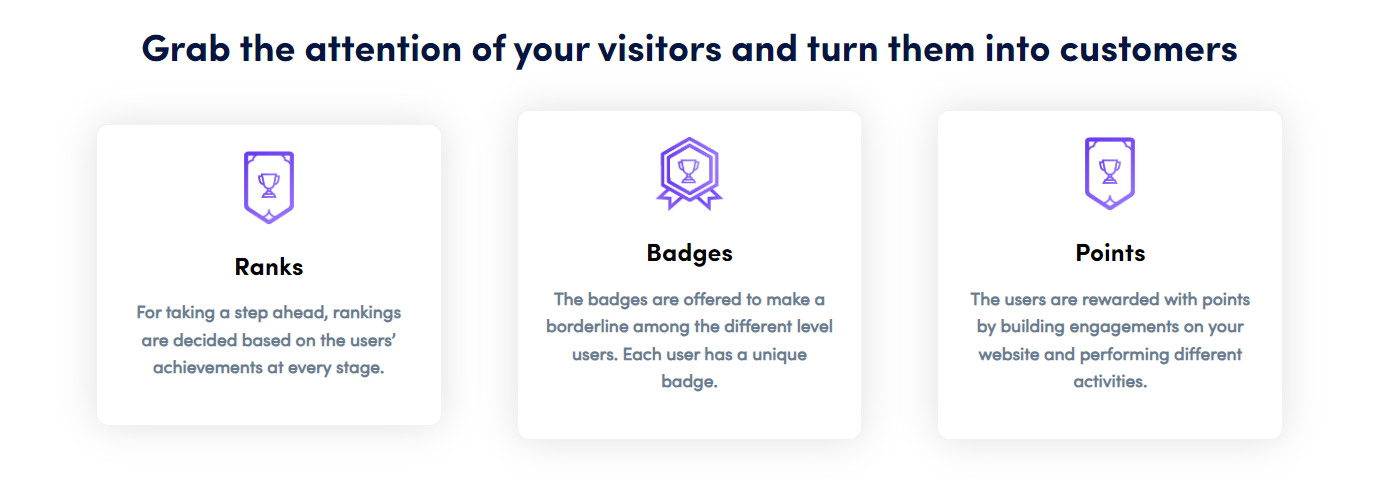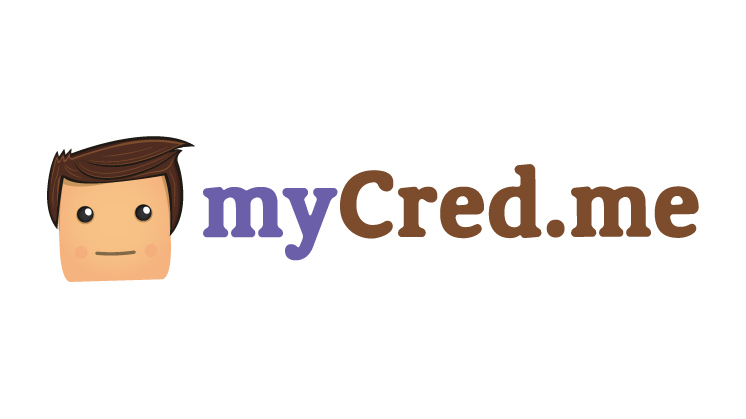Today, business owners increasingly use gamification fitness techniques on their websites to drive user engagement. Some statistical figures support the notion that gamification fitness is a surefire way to increase customer engagement on a fitness website:

- According to a global survey, 61% of regularly exercising individuals currently engage in “gym-type” activities, often involving fitness apps that use gamification techniques.
- As per a study, Gamification is commonly used by popular health and fitness mobile applications, with 64% of them using it. The most common game elements used in fitness apps include goal-setting (78%), social influences (78%), and challenges (63%).
Considering the above facts, we will explore practical ways to implement gamification elements into a fitness platform. But before we move on, myCred offers something that excites every fitness website owner, i.e., fitness treasures. Here is the link to learn what fitness treasure is.
How Do You Implement Gamification on A Fitness Website?
Implementing gamification on a website involves incorporating game design elements like points, levels, challenges, rewards, and leaderboards. Here are some tips:
- Identify the behaviors or actions you want to encourage, like exercising regularly, tracking calories, or participating in fitness challenges. Gamification works best when aligned with specific goals.
- Determine the game mechanics that align with those behaviors, like getting points for workout check-ins or leveling up to hit weekly mileage targets.
- Integrate the game elements into the user experience. This could include progress bars, points and badges on profile pages, or push notifications for achieving new levels.
- Make it easy to track progress and view leaderboards. Visibility fosters competition and motivation.
- Offer meaningful rewards like discounts on fitness gear or access to premium content.
- Allow social sharing of achievements to tap into peer motivation.
You can simply integrate myCred to implement gamification on your fitness website.
How Do You Gamify Fitness?
Fitness gamification applies game-like features to exercise experiences to make them more engaging and rewarding. Here are effective ways to gamify fitness:
- Set clear goals – Whether it’s cardio minutes, strength reps, or daily steps, clear objectives drive progress.
- Track progress – Seeing tangible fitness gains is motivating. Apps that quantify progress help.
- Unlock achievements – Badges for fitness milestones provide a sense of accomplishment.
- Earn points – Accumulating points for healthy behaviors incentivizes consistency.
- Level up – Graduating through fitness levels offers new challenges to pursue.
- Compete or cooperate – Leaderboards and group challenges tap into our competitive spirit.
- Get rewards – External rewards like discounts or prizes drive motivation.
- Share achievements – Social sharing taps into accountability and peer support.
How Do You Implement Gamification?
Here are key steps for implementing gamification fitness in a fitness-based website:
- Identify your business objectives – What behaviors do you want to drive? Increased usage, social sharing, referrals? Align mechanics with goals.
- Define target users – Know your audience. Gamification appeals differ across demographics.
- Choose game mechanics – Pick elements like points, badges, and leaderboards that best motivate your goals.
- Integrate into UX – Game features should be woven into the user experience, not bolted on.
- Establish rules – Define how points are earned, levels are unlocked, and winners are determined. Transparency is key.
- Balance ease and challenge – Keep barriers to entry low but incentives meaningful. Adapt to different user needs.
What Are Fitness Gamification Elements in a Fitness Website?
Popular gamification elements seen in fitness apps include:
- Points – Quantifiable units earned for actions like logging meals or completing a workout.
- Badges – Icons can be awarded for fitness milestones like a 100-mile run or a 30-day streak.
- Leaderboards – Public display of top users by points, badges, or activity.
- Levels – Tiers users graduate through as they accumulate points and achievements.
- Challenges – Time-based competitions like most steps in a week.
- Rewards – Incentives like discounts, access to premium content, or prizes.
- Avatars – Digital representation of users used in some apps and games.
- Quests – Fitness objectives presented in an adventure narrative.
- Social features – Social comparisons and groups motivate some users.
You can grab all the above features under one roof, i.e., myCred. View all the myCred gamification addons that provide all the above elements to support a fitness website.
Gamify Fitness in The Gym
Gyms can implement gamification fitness techniques to motivate members that encompass:
- Leaderboards displaying top performers on different workout machines or classes. This allows members to see how they rank against others on metrics like output or consistency.
- Personal stats tracking through wearables and gym systems to quantify progress over time. Seeing tangible improvements is rewarding.
- Class achievements like badges for hitting milestones in a spin class are measured via leaderboard metrics or personal best scores.
- Gym challenges like monthly step competitions among all members ignite competition. Group vs group setups also work.
- When members hit certain goals or point levels, loyalty reward programs offer perks like apparel, energy drinks, or bonus classes.
- Progress trackers – visual displays showing personal records and progress toward big goals like completing a marathon program.
- Social sharing of achievements, check-ins, and pictures on gym social media to tap into social validation.
Challenges & Competitions – Ultimate Way to Implement Gamification Fitness
Challenges and friendly competitions are great for motivation. Fitness platforms can incorporate these with:
- Daily/weekly challenges – Like most steps, exercise minutes or calories burned in a set period.
- Exercise streaks – Challenges for consistent daily check-ins. The longest streak wins.
- Step competitions – Competing with other users or as teams for most steps in a day/week/month.
- “Race to” challenges – like first to 100 miles or 500 exercise minutes. Great for goal benchmarks.
- Group challenges – Competitions across pre-defined groups like offices or clubs.
- Challenge rewards/prizes – Financial incentives or prizes for challenge winners increase motivation.
Points & Rewards – Easiest Way To Implement Gamification Fitness
Points-based systems encourage repeat engagement on fitness platforms. Tactics include:
- Points per activity – Award points for actions like logging a workout, hitting daily step goals, or tracking meals.
- Social sharing bonuses – Extra points for sharing progress on social media.
- Quests or missions – Big point bonuses for completing fitness quests.
- Levels – Accumulate points to reach advanced levels for prestige and prizes.
- Redeem points – Enable points-to-be-redeemed for tangible rewards like gift cards, merchandise, free classes, etc.
- Purchase points – Allow points to be bought to unlock rewards faster (ethics debated).
- Lose points – Negative reinforcement by deducting points for missed workout check-ins or food tracking.
Fitness Games
Elements of gamification fitness can add fun to workouts. Some effective approaches include:
- Virtual races – Real-time leaderboards on treadmills, bikes, and rowers to “race” others.
- Fitness adventure arcade games – Blends exercise with narrative quests and maps to traverse.
- Exergames – Games involving physical motion using inputs like controllers, dance pads, or camera tracking.
- Augmented/virtual reality games – Enhanced realism and immersion for greater engagement.
- Multiplayer games – Social dynamics and competition keep these entertaining.
- Music/rhythm games – Moving in sync with beats and cues makes workouts fly by.
- Cooperative games – Team-oriented games promoting collaboration over competition.
- Unlocking game levels – Hit game milestones by achieving exercise targets.
Personalized Progress Tracking
Seeing tangible fitness improvements is extremely motivating. Effective progress tracking entails:
- Activity Tracking – Log exercise duration, steps, calories, etc., via wearables or mobile apps.
- Strength Tracking – Quantify weight lifts, reps, and progress over time.
- Goal Setting – Milestones for metrics like weight, endurance, or strength.
- Progress Bars – Simple Visualizations of Goals Achieved. e.g., 50% Of Way To Target Weight.
- Trends And Graphs – Charts demonstrating fitness trajectory over days/weeks/months.
- Milestones – Celebrating fitness goals met and achievements earned.
- Analytics – Insights on exercise frequency, active minutes, heart rate patterns, etc.
Virtual Reality
Immersive VR fitness experiences tap into the between Virtual Reality fitness gamification applications that fuse music, coaching, and competition to boost enjoyment and adherence. Some options include:
- VR cardio apps – Games where real-life movements like squats, dodges, and punches determine gameplay and intensity.
- VR cycles – Compete in computer-generated races and worlds.
- VR yoga/meditation – Practice yoga in exotic simulated environments..
- VR personal training – Coaches whose avatar demonstrates exercises and form.
- VR adventures – Treks or motorcross races through landscapes via a controller.
- MultiplayerVR – Group fitness competitions, races, and collaborations.
- Haptics – VR controllers that add physical force feedback for greater immersion during workouts.
- Performance tracking – Analytics on heart rate, calories, and form during VR exercise.
Ending Note
Implementing gamification fitness on a fitness website can make fitness experiences more rewarding and habit-forming. Websites and apps based on fitness can boost user activity by aligning game mechanics with engagement and motivation goals. Testing different game elements and optimizing based on user response is key for long-term success.


